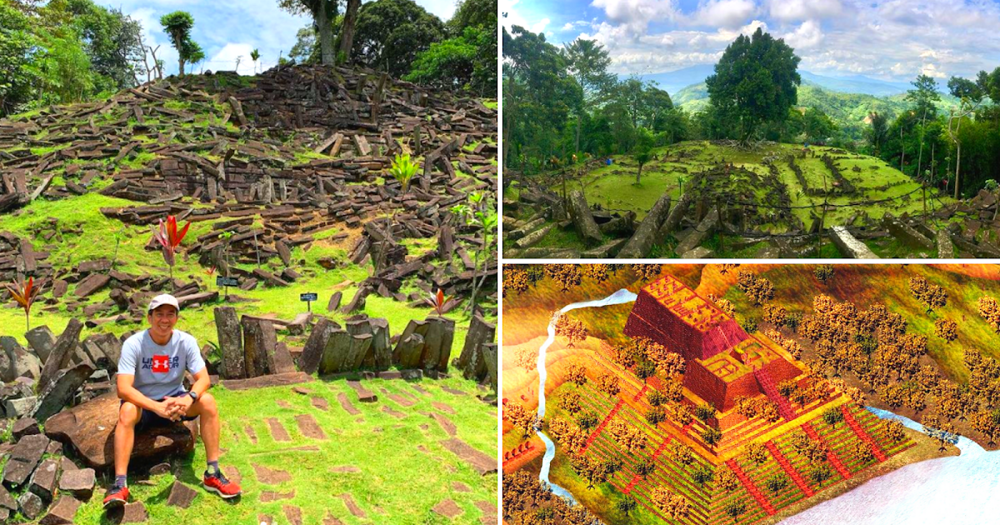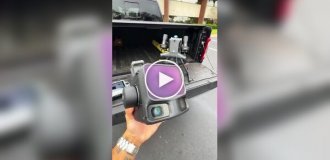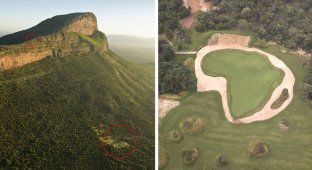The world's oldest pyramid discovered in Indonesia (4 photos)
Archaeologists have determined that an Indonesian megalith buried 30 meters into a hill of lava rock is the oldest pyramid in the world. Gunung Padang, discovered by Dutch explorers in 1890, may in fact be the oldest known man-made structure, at least according to the latest carbon dating. 
Like the Egyptian Sphinx, which was built using wind erosion, Gunung Padang was also built by hunter-gatherers and influenced by weather conditions. The first and deepest layer of the Indonesian pyramid, as researchers have established, was carved from the natural resources of the place - cooled lava flows. 
Gunung Padang may even be thousands of years older than the Turkish megalith Gobekli Tepe, the latest contender for the title of "world's oldest."
Scientists say the structure could overturn conventional wisdom about how "primitive" hunter-gatherer societies really were and reveal the true "engineering capabilities of ancient civilizations." 
Researchers have debated for more than a century whether the underground structure, whose name means "mountain of enlightenment" in Indonesian, is actually a man-made pyramid and not just a natural geological formation.
But in 2011-2015. geologist Danny Hilman Natawijaya from the Indonesian National Agency for Research and Innovation, together with a team of archaeologists, geophysicists and geologists, literally got to the bottom of an ancient mystery.
Using ground penetrating radar (GPR) to obtain underground images, core drilling and trench excavation techniques, Natawijaya and his colleagues were able to penetrate the earliest layers of Gunung Padang, which lie at a depth of more than 30 m.
"This study provides convincing evidence that Gunung Padang is not a natural hill, but a pyramid-like structure," the scientists wrote in the journal Archaeological Prospection after years of data analysis.
At the center of the pyramid, archaeologists discovered "carefully sculpted" and "massive" structures made of andesite, a fine-grained igneous rock.
“This inner chamber, called Block 4, likely originated as a natural lava mound,” the authors write, “and was then architecturally designed during the last ice age,” approximately 16,000 to 27,000 years ago.” 
The radiocarbon dating method used to determine the age of Block 4 is based on measuring the content of the radioactive isotope carbon-14 in the material relative to stable isotopes of carbon.
After the construction of Block 4, Gunung Padang was "abandoned by the original builders for thousands of years." Around 7900-6100. BC. "Block 3" was "deliberately covered with soil." The next layer of stone pillars, steps and terraces, "Block 2", appeared in 6000-5500. BC, and "Block 1", which is younger than some of the Egyptian pyramids, was completed between 2000 and 1100 BC. BC.
In 1998, the Indonesian Ministry of Education and Culture recognized all this ancient work and declared Gunung Padang a cultural heritage site.





























